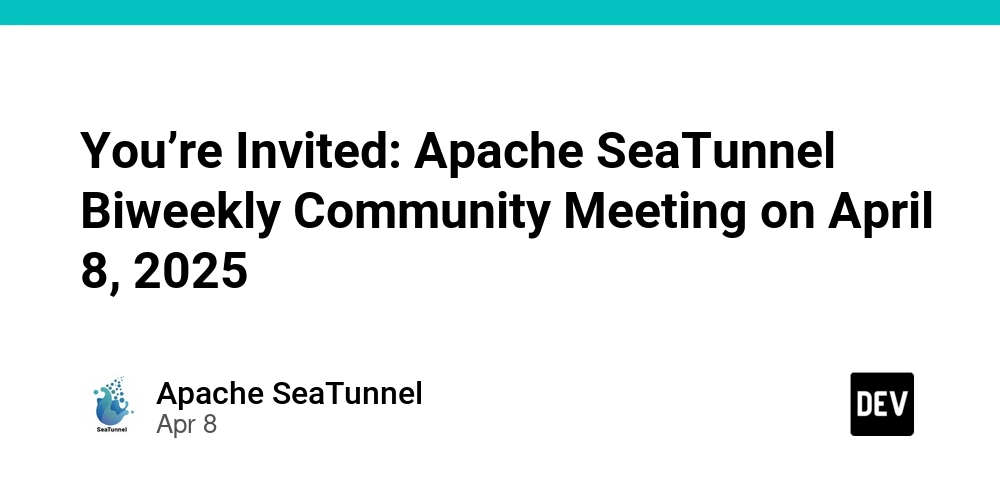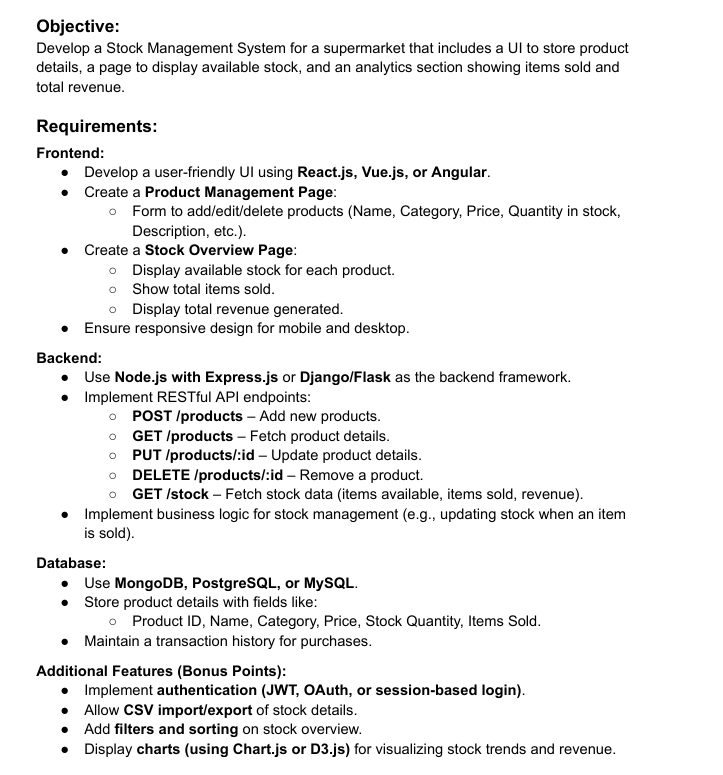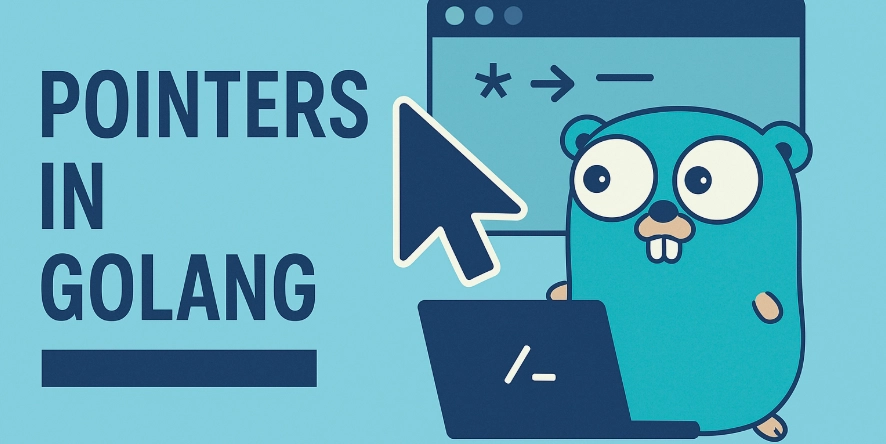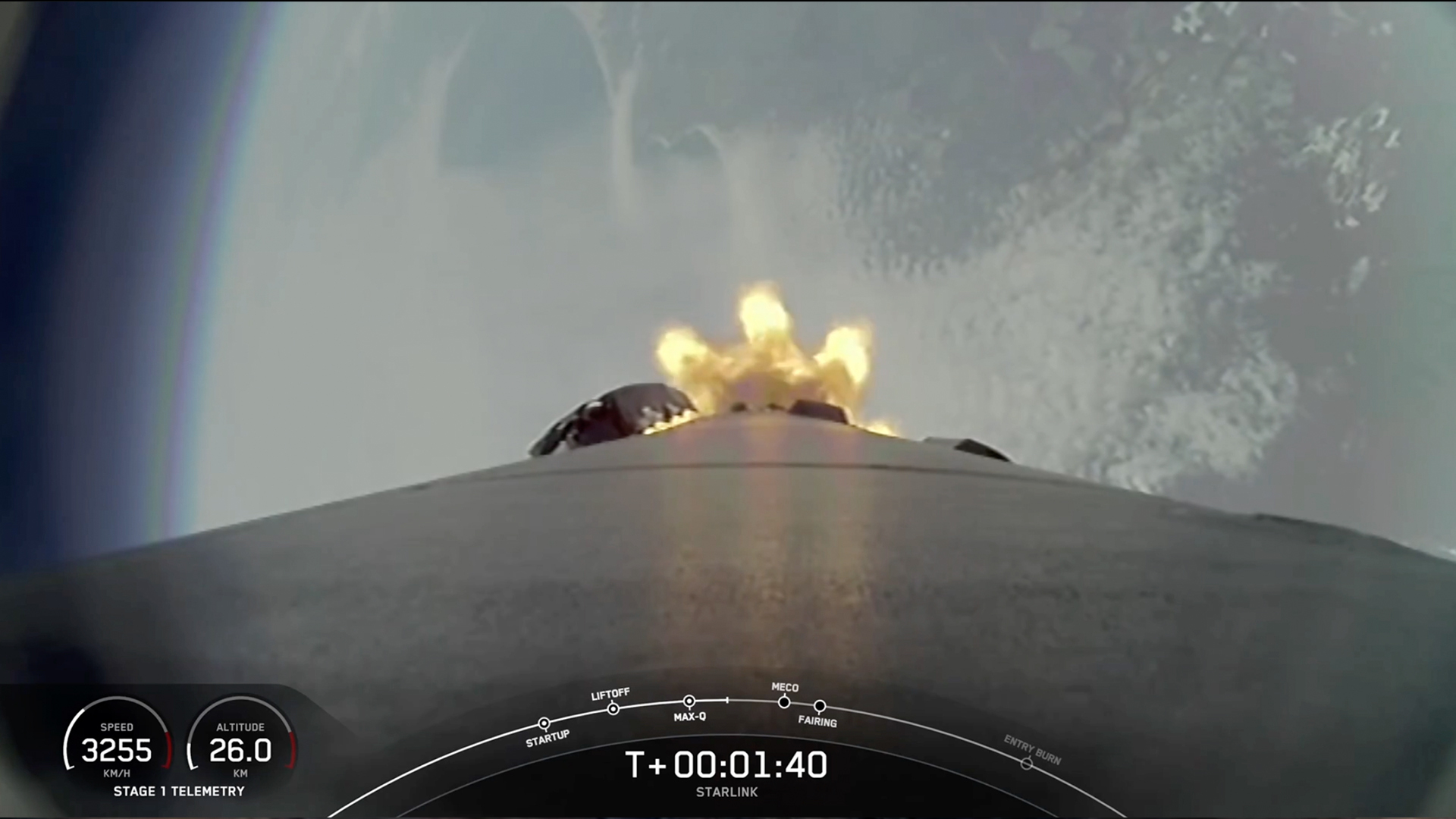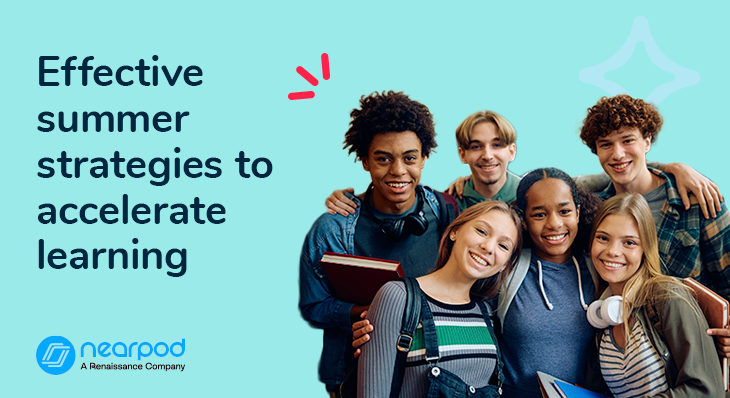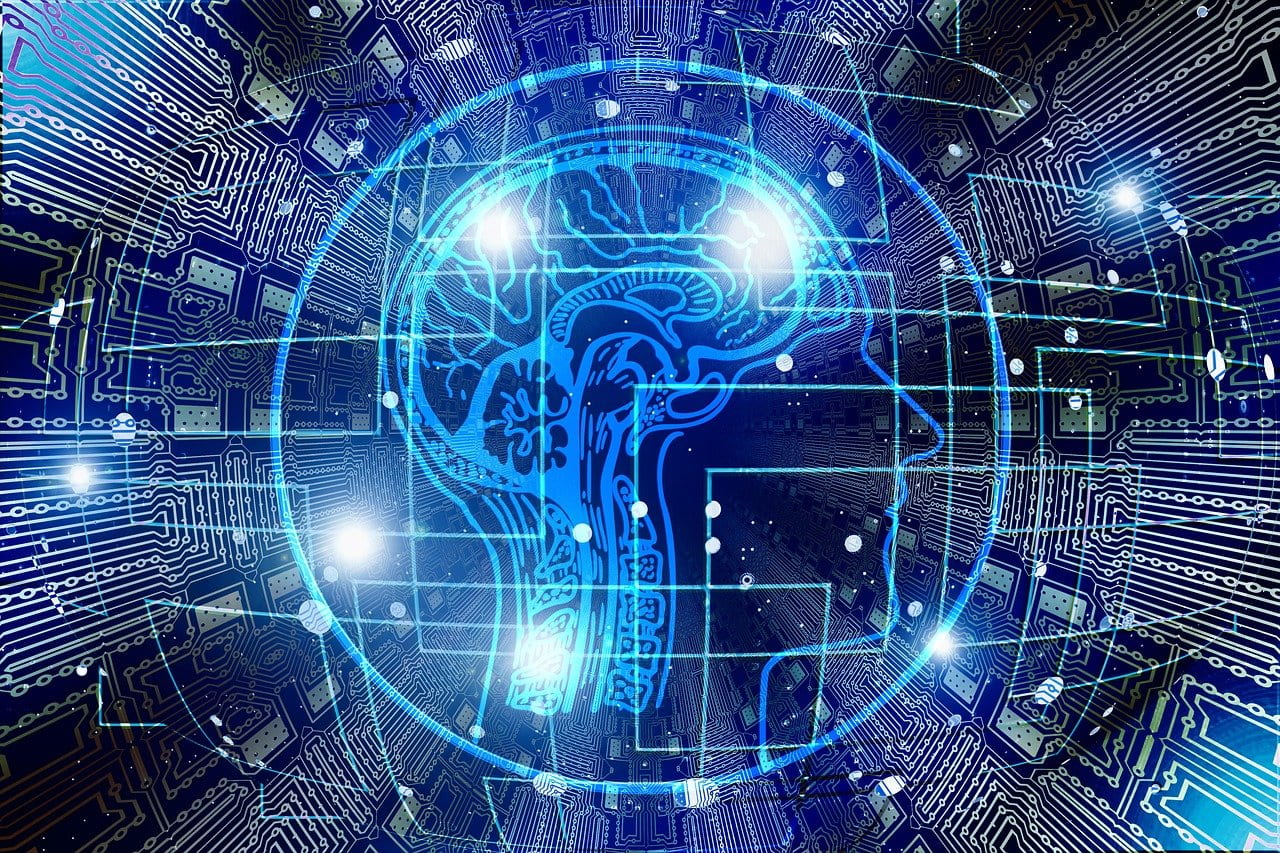CoSN 2025: With Human Leadership Comes Great Power, and Great Responsibility
CoSN 2025 highlights tech in education, focusing on AI, cybersecurity, and connectivity, emphasizing leadership and human-centered tech integration. The post CoSN 2025: With Human Leadership Comes Great Power, and Great Responsibility appeared first on Getting Smart.
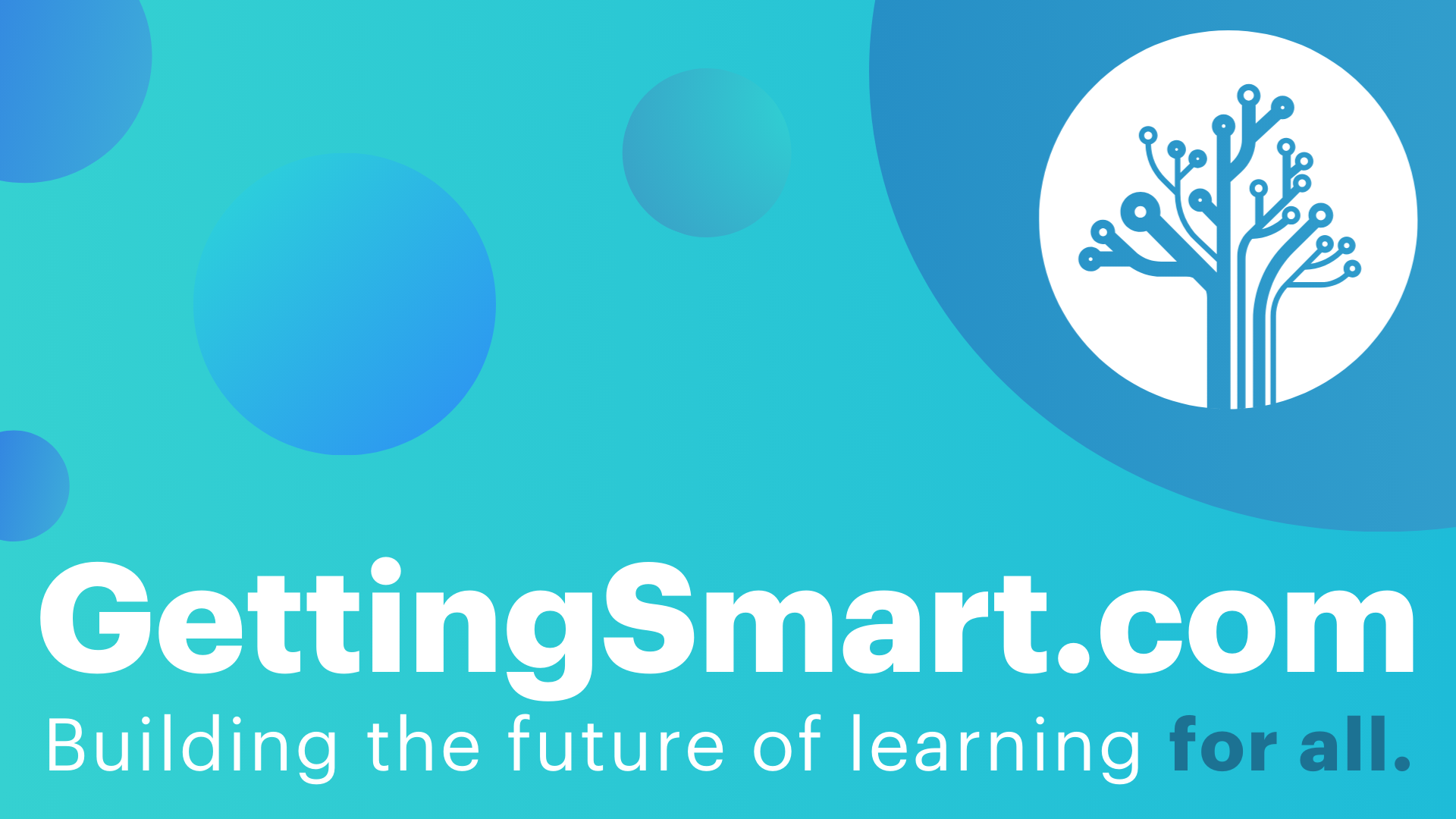
What do you get when you put a lot of district-level technology professionals and edtech providers in a room? A guarantee that someone has the necessary dongle… and you get CoSN, a gathering of district leaders, providers and advocacy experts at the intersection of technology and schools.
The last few days were filled with bumping elbows on escalators (if you know the Regency Hyatt in Seattle, you know) and countless sessions around a few key topics: Cybersecurity and student privacy, AI guidance and implementation and connectivity.
At the same time, there was a crucial undercurrent, one that focused on the learner. In the opening keynote, Ken Shelton shared about the importance of humanizing pedagogy—agency, relationships, learners’ reality, critical consciousness, and relevance. These weren’t just buzzwords, but guideposts for how tech should amplify the learning experience, not complicate or dilute it. He went on to depict a pathway to student agency, saying that tech providers too often stop at “engagement” as the core benchmark, and suggesting that engagement is just one step on the way to agency:
- First, a student is present and accounted for
- Then a student is engaged in the material
- Then the student is invested in learning
- And finally, they take (or are given) ownership of their learning journey.
The goal of edleaders is to create mindsets and systems that help of our learners achieve that final phase of the student agency journey.
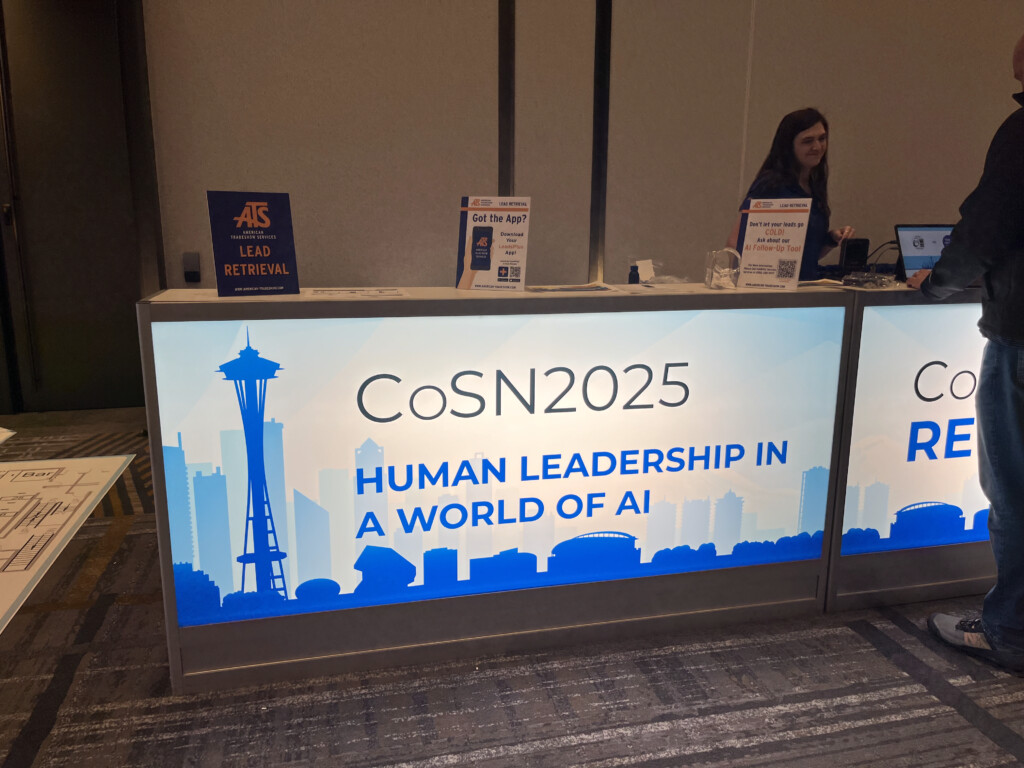
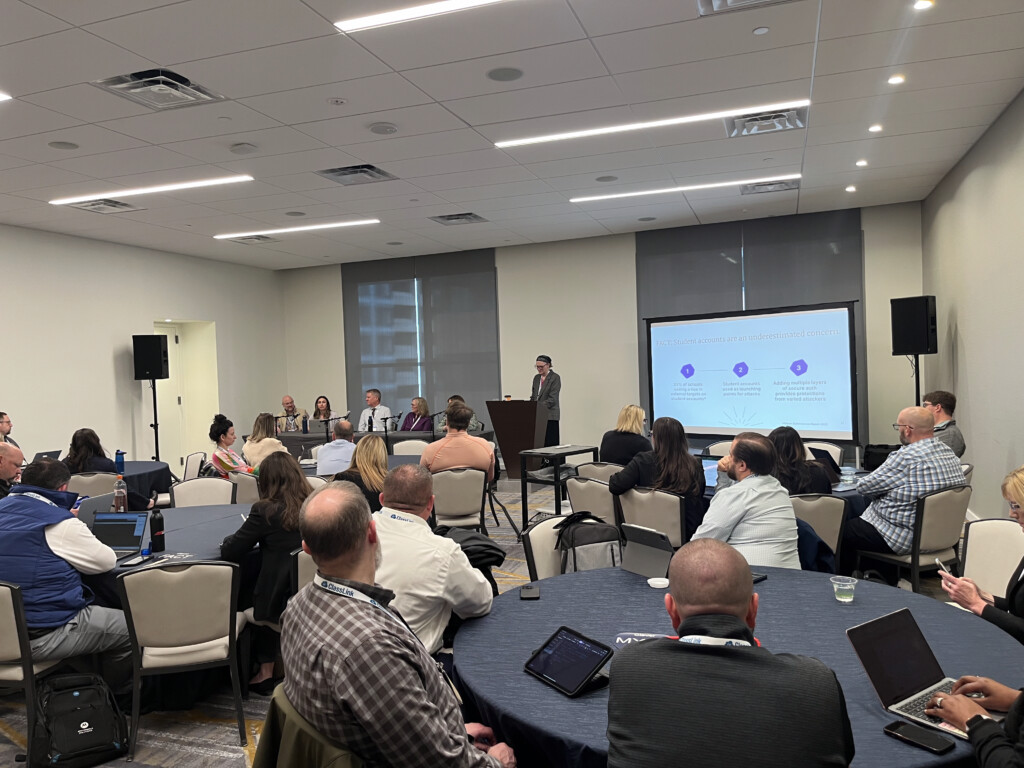
AI Stories: From Pilots to Playbooks
We’ve been documenting the cresting wave of AI guidance for a while now, and this event was a great place to check in to see how people in the field actually felt about the systems that they haa in place. In the opening keynote session, it was shared that in recent surveys across the country:
- 80% of districts indicated that they have efforts underway to address AI in their schools
- 51% of districts have efforts underway to support staff
These numbers have grown dramatically since last year, and you could feel it in the room, a palpable sense of movement, like the energy you get when a team finally agrees on a game plan. Cautious optimism, with a side of “we’re figuring it out as we go.” That said, there’s still a lot of work to do. Nearly half of the survey respondents were not yet supporting staff with understanding and thriving in this new normal. CoSN has created a useful Generative AI Readiness and Maturity guide that can help those earlier in this journey assess what systems they already have in place that they can begin to build upon.
Chicago Public Schools recently hired a Director of AI and is publishing a quarterly iterative guidebook on how to lead and navigate the age of AI. This tool is fundamentally aligned to their mission and durable due to the iterative systems put in place.
In Clark County, Fresno Unified, and Peninsula SD, cross-departmental teams and distributed leadership models are helping them move quickly and thoughtfully.
In Murray School District (UT), they are using LLMs to give new life to old technology, both being creative with resources and reducing district waste. They recently converted old televisions and microphones to be real-time, AI-powered translation tools. In addition, they plan to use this functionality to double as gunshot detection systems for school safety.
Infrastructure & Access: Rethinking Connectivity
Needless to say, connectivity remains a hot topic. The current moment is anything but stable with regard to funding streams and ensuring equal digital access.
That said, organizations are working to close the gap and support edleaders in reaching the most students with quality internet. Gautham Sampath of Innive K12 360 showcased tools like a secure RFP chatbot that pulls E-Rate data to help districts navigate connectivity proposals — for free. Tools like these are critical for closing data gaps and helping leaders understand what they need.
Districts are also getting creative with Internet Service Provider (ISP) partnerships, exchanging facility access or property access for broadband coverage in underserved areas.
Cybersecurity: Humans, the Weak Link (and the Solution)
Cybersecurity was a major concern across sessions, from lifecycle cost analysis of tech products to data governance under FERPA. Through these sessions, it became quickly evident that a systems’ greatest vulnerability is its people, from using corrupted USBs to incorrectly entering data to just plain thinking you know something and you don’t (I participated in a FERPA quiz with a bunch of very confident CTOs and district leaders and we got a 40%). In spite of these, people are also the most resilient part of the system.
In Conclusion
In each session I attended, leaders and district technology professionals were grappling with the same questions:
- How do we scale fast enough to meet the moment?
- How do we build urgency without overwhelming staff?
- How do we ensure we’re centering humans, not just hardware?
Addressing these questions requires fierce and intentional leadership and radical communication. One panelist even simply said, “Make sure you have pictures for everything if you’re trying to communicate data flows to someone outside of your department.”
As CoSN 2025 wrapped up, one thing was clear: the future of education isn’t just about technology — it’s about leadership with heart, systems with purpose, and tools that serve people. The work ahead is complex, but the momentum is real. District leaders are no longer asking if AI, connectivity, and cybersecurity belong in their strategic plans — they’re asking how to do it well, equitably, and with humanity at the center. If these conversations are any indication, the next chapter of edtech will be written by those who aren’t just keeping up with innovation, but shaping it with intention.
The post CoSN 2025: With Human Leadership Comes Great Power, and Great Responsibility appeared first on Getting Smart.










